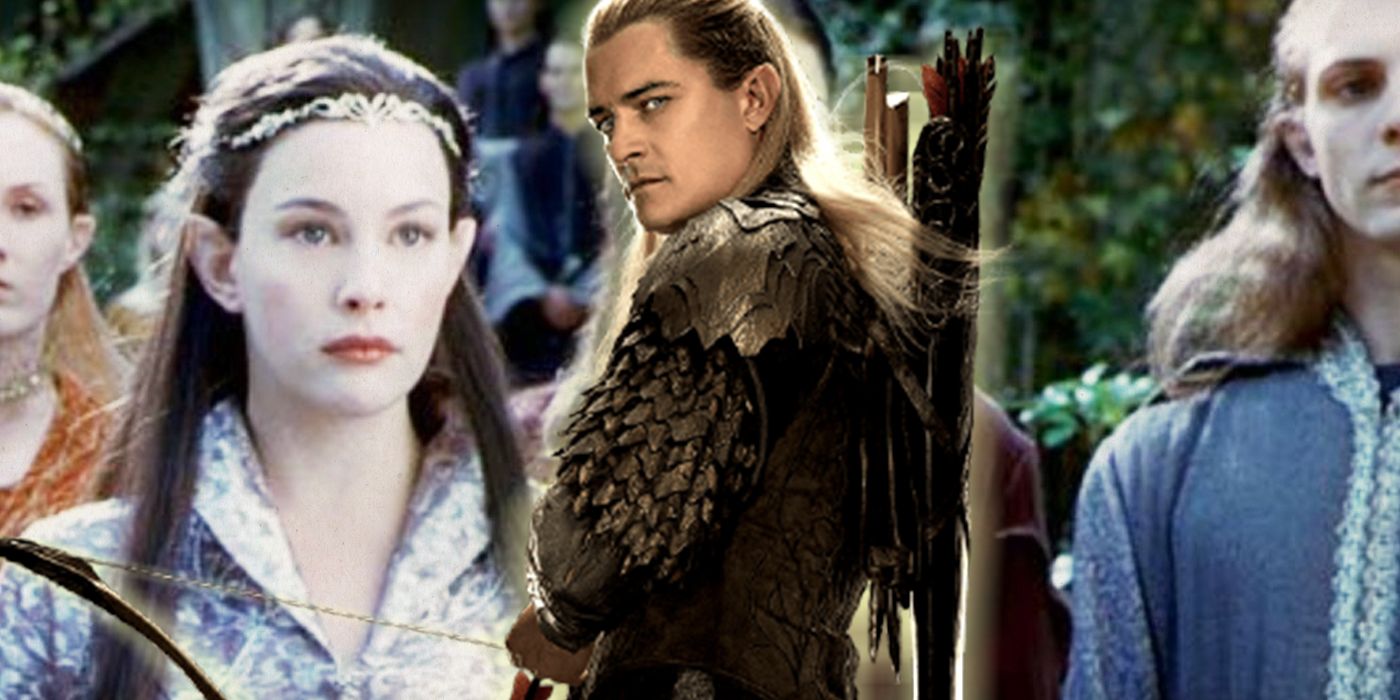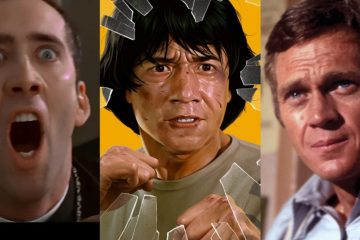The elves in J.R.R. Tolkien’s The Lord of the Rings are magical, mystical beings who are not of Middle-earth but dwell largely in Middle-earth for a time. Amazon’s Rings of Power depicts a time before elves came to Middle-earth, in the distant past, in ways that Peter Jackson’s The Lord of the Rings didn’t have the opportunity to show. Because the Lord of the Rings trilogy takes place in Middle-earth’s Third Age, fans would have to delve more deeply into books like Tolkien’s The Silmarillion to gain the full history of the elves before their journey across the sea from Valinor to Middle-earth. And while it’s noble of Amazon to attempt to present even a portion of this history, elven mythology could be an entire series of its own.Sticking strictly with elves during their time in Middle-earth, their habitation covers four ages: The First, Second, Third, and Fourth Age. While for a time elves outnumbered even the men of Middle-earth, their population began to dwindle after their first interactions with the Dark Lord Sauron in the Second Age. After that, they faced a long, gradual decline in Middle-earth.One of the more recognizable realms in the First Age for casual fans is Lorthlórien. A name meaning “dream-flower,” sometimes shortened to Lórien. In The Lord of the Rings, it’s the ethereal homestead of Galadriel, the Lady of Light or The Lady of the Golden Wood. In the books, Tolkien described the kingdom as a wooded place where “in the autumn the leaves fall not, but turn to gold” and “the floor of the wood is golden, and golden is the roof, and its pillars are of silver, for the bark of the trees is smooth and grey.” Its earliest inhabitants were a band of elves who refused to cross the Misty Mountains and eventually relocated their settlement further away from the dwarves as they grew in power.
The elves in J.R.R. Tolkien’s The Lord of the Rings are magical, mystical beings who are not of Middle-earth but dwell largely in Middle-earth for a time. Amazon’s Rings of Power depicts a time before elves came to Middle-earth, in the distant past, in ways that Peter Jackson’s The Lord of the Rings didn’t have the opportunity to show. Because the Lord of the Rings trilogy takes place in Middle-earth’s Third Age, fans would have to delve more deeply into books like Tolkien’s The Silmarillion to gain the full history of the elves before their journey across the sea from Valinor to Middle-earth. And while it’s noble of Amazon to attempt to present even a portion of this history, elven mythology could be an entire series of its own.
Sticking strictly with elves during their time in Middle-earth, their habitation covers four ages: The First, Second, Third, and Fourth Age. While for a time elves outnumbered even the men of Middle-earth, their population began to dwindle after their first interactions with the Dark Lord Sauron in the Second Age. After that, they faced a long, gradual decline in Middle-earth.
One of the more recognizable realms in the First Age for casual fans is Lorthlórien. A name meaning “dream-flower,” sometimes shortened to Lórien. In The Lord of the Rings, it’s the ethereal homestead of Galadriel, the Lady of Light or The Lady of the Golden Wood. In the books, Tolkien described the kingdom as a wooded place where “in the autumn the leaves fall not, but turn to gold” and “the floor of the wood is golden, and golden is the roof, and its pillars are of silver, for the bark of the trees is smooth and grey.” Its earliest inhabitants were a band of elves who refused to cross the Misty Mountains and eventually relocated their settlement further away from the dwarves as they grew in power.
#Elven #Realms #Lord #Rings
Note:- (Not all news on the site expresses the point of view of the site, but we transmit this news automatically and translate it through programmatic technology on the site and not from a human editor. The content is auto-generated from a syndicated feed.))



